In the fast-paced world of small business, automation is no longer just a luxury; it’s a necessity. Leveraging tools like Microsoft Planner can significantly enhance workflow efficiency and streamline operations. Enter the realm of Automation Workflow Optimization, a key strategy for teams looking to boost productivity and collaboration.
Understanding Microsoft Planner
What is Microsoft Planner? Microsoft Planner is a versatile tool designed to help teams organize tasks and manage projects effortlessly. It integrates seamlessly with other Microsoft 365 applications, providing a cohesive work environment. Planner’s intuitive interface allows users to create detailed plans, set up tasks, and track progress visually through customizable charts and boards.
Key Benefits of Using Microsoft Planner Microsoft Planner stands out with its ability to facilitate task organization and management. Users can visualize progress with easy-to-understand charts and boards, making it simpler to monitor project timelines. Moreover, the tool enhances communication among team members, promoting a more collaborative working atmosphere.
Implementing Automation Workflow Optimization with Microsoft Planner
Step-by-Step Guide to Setting Up Microsoft Planner for Automation Setting up Microsoft Planner for automation involves a few straightforward steps. Begin by creating plans, dividing them into buckets, and outlining specific tasks. Assign tasks to team members, set due dates, and utilize labels and checklists for better task management and clarity.
Integrating Automation Tools To take your workflow automation to the next level, consider integrating tools like Power Automate. This integration allows you to automate repetitive tasks, such as sending notifications or updating task statuses. For example, you can set up automated alerts to inform team members of approaching deadlines, ensuring no task falls through the cracks. For additional insights on integrating automation tools, visit Microsoft 365 Blog.
Real-World Scenarios Many businesses have successfully implemented Automation Workflow Optimization using Microsoft Planner. A popular case study involves a marketing team that significantly reduced their project turnaround time by automating task assignments and updates, allowing them to focus more on creative strategy.
Best Practices for Maximizing Efficiency
Tips for Effective Use of Microsoft Planner Maximize the benefits of Microsoft Planner by keeping tasks updated and regularly reviewing progress. Encourage team collaboration by using comments and attachments to provide feedback and share resources. For recurring tasks, leverage templates to save time and maintain consistency.
Measuring Success To evaluate the effectiveness of your Automation Workflow Optimization, track metrics such as task completion rates and project delivery times. Look for areas of improvement and continuously refine your processes to achieve better results.
In conclusion, Microsoft Planner is an invaluable tool for achieving Automation Workflow Optimization, offering enhanced collaboration and increased productivity. By integrating Planner into your business operations, you can streamline workflows and improve team dynamics.
Ready to transform your team’s productivity? Start implementing Microsoft Planner today and see the difference it can make. Share your experiences or ask questions in the comments section below. For more insights on small business automation and technology trends, don’t forget to subscribe to our blog. If you need personalized advice or assistance, feel free to contact us.
